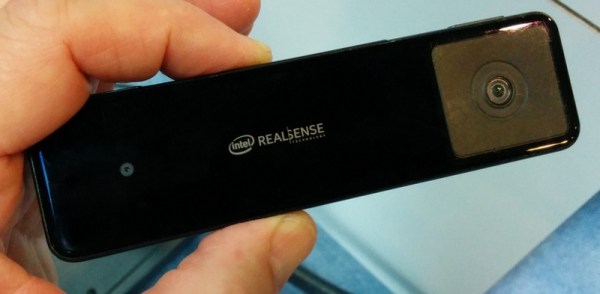Most of what humankind and other mammalian species on Earth experience of the Universe is primarily restricted to the part of the electromagnetic spectrum which our optical organs can register. Despite these limitations, we have found ways over the centuries which enable us to perceive the rest of the EM spectrum, to see both what is incredibly far away, and what is incredibly small, to constantly get a little bit closer to understanding what makes the Universe into what we can observe today, and what it may look like in the future.
An essential element of this effort are space telescopes, which gaze into the depths of the Universe with no limitations imposed by the Earth’s atmosphere, or human activity. Among the many uses of space telescopes, the investigation of the expansion of the Universe is perhaps the most fascinating, as this brings us ever closer to the answers to the most fundamental questions about not only its shape, but also to its future, which may include hitherto unknown types of matter and energy.
With the recently launched Euclid space telescope, another chapter is being opened in the saga on dark energy and matter, and their nature and effects on the Universe, as well as whether they exist at all. Yet how exactly do you use a space telescope to ferret out the potential effects of dark energy?
Continue reading “ESA’s Euclid Space Telescope And The Quest For Dark Energy”













